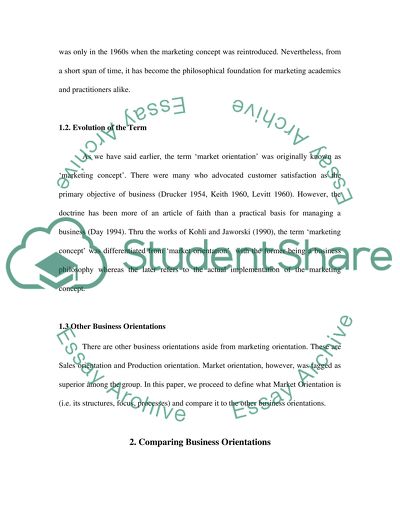Cite this document
(“An Exercise in Market Orientation Essay Example | Topics and Well Written Essays - 2250 words”, n.d.)
Retrieved from https://studentshare.org/miscellaneous/1521586-an-exercise-in-market-orientation
Retrieved from https://studentshare.org/miscellaneous/1521586-an-exercise-in-market-orientation
(An Exercise in Market Orientation Essay Example | Topics and Well Written Essays - 2250 Words)
https://studentshare.org/miscellaneous/1521586-an-exercise-in-market-orientation.
https://studentshare.org/miscellaneous/1521586-an-exercise-in-market-orientation.
“An Exercise in Market Orientation Essay Example | Topics and Well Written Essays - 2250 Words”, n.d. https://studentshare.org/miscellaneous/1521586-an-exercise-in-market-orientation.


